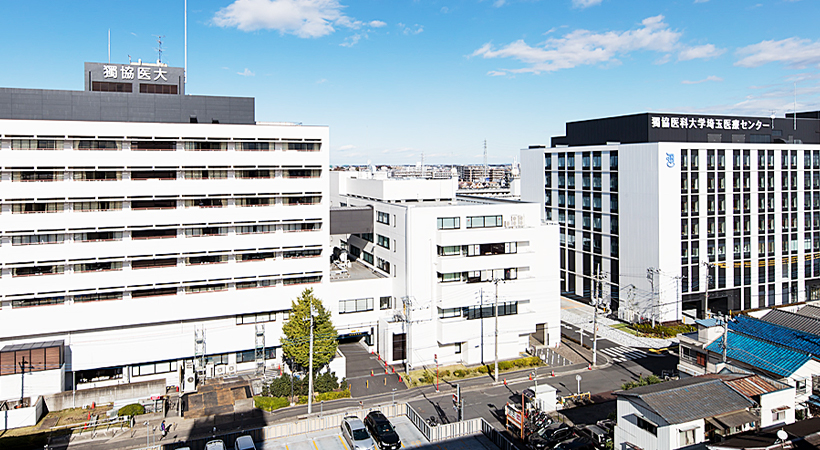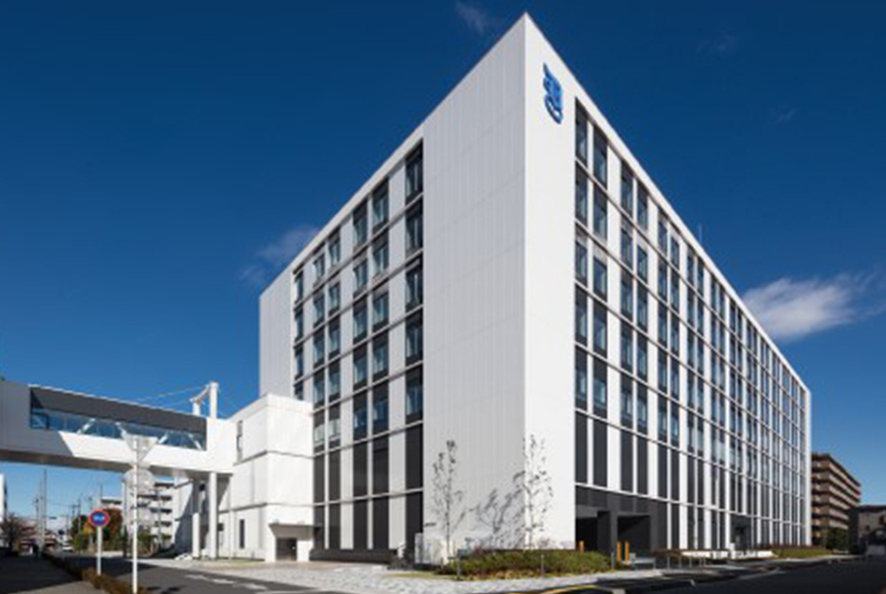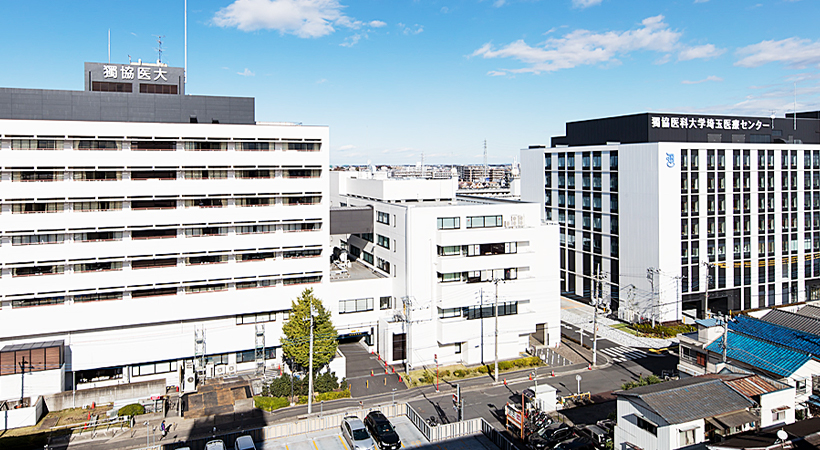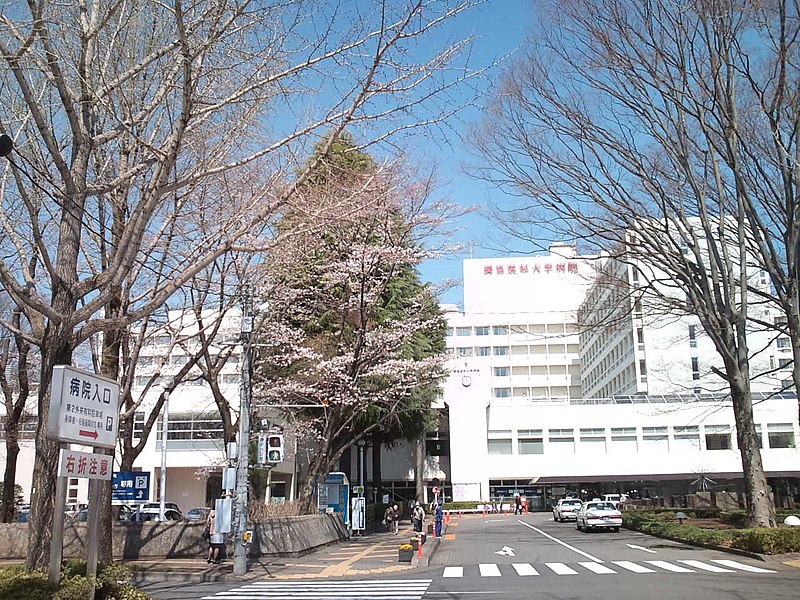Dokkyo Medical University was founded in 1973 and is located in Tochigi Prefecture, in the middle of the Kanto Plain, 15km north of Utsunomiya and about 100km south of Tokyo, with four distinct seasons, and about 40km northwest of the famous Nikko National Nature Park. The campus is famous for its cherry blossoms in spring and the ginkgoes around it in autumn.

The hospital is located in the middle of the Kanto Plain, with four distinct seasons, and is surrounded by attractions such as the Nikko National Nature Park, and it is easy to get around as the hospital is adjacent to the main university. Take a city bus from JR Utsunomiya Station and get off at Tobu Utsunomiya Station, then walk for about 5 minutes to get there.
The hospital is divided into two floors. In addition to the basic treatment rooms, there is a PET centre and a reading room where you can borrow books on diseases and search for information on the internet.

The 1,167-bed Dokkyo Medical University Hospital, the 723-bed Echigo Hospital and the 199-bed Nikko Medical Centre make it one of the largest hospitals in the country.
In terms of research, Dokkyo University of Medicine has international education and research facilities, animal testing centres, etc. It has also improved its international performance and is focused on international exchange.
The Dokkyo University of Medicine has a Faculty of Medicine and a Faculty of Nursing, and a Graduate School of Medicine and Research.
The undergraduate school has a Faculty of Medicine, a Faculty of Nursing and a Faculty of Midwifery, and the graduate school is mainly devoted to medical research.
The School has international exchange programmes with a number of prestigious overseas universities such as the University of Münster in Germany, Tongji University in China and the University of California, San Diego in the USA, and has established an International Exchange Research Centre for this purpose.
In addition to its focus on international exchange, the university also has a centre for animal testing, where some newly developed drugs or treatments are tested on animals several times before being applied in the clinic to ensure that there are no problems.
The hospital is a private institution affiliated with Dokkyo Medical University and was the first and oldest of the three affiliated hospitals, and is also one of the largest hospitals in Japan. In 1994, it became a hospital with specific functions in Japan (equivalent to a tertiary hospital in Japan) and is now the core hospital for local medical treatment.
The hospital is best known for its treatment of cancers such as stomach and oesophageal cancers and orthopaedic-type diseases, and has a cancer screening programme that can detect cancers under 5 mm, or stage I cancers, which can basically be cured by excision surgery and generally do not recur if patients pay attention to their dietary habits later in life.
The hospital was designated as a disaster emergency hospital in 1996 and later established a helicopter emergency system. It is one of only a few general hospitals in Japan to have a helicopter emergency system and undertakes national emergency care for a large area in eastern Japan.







